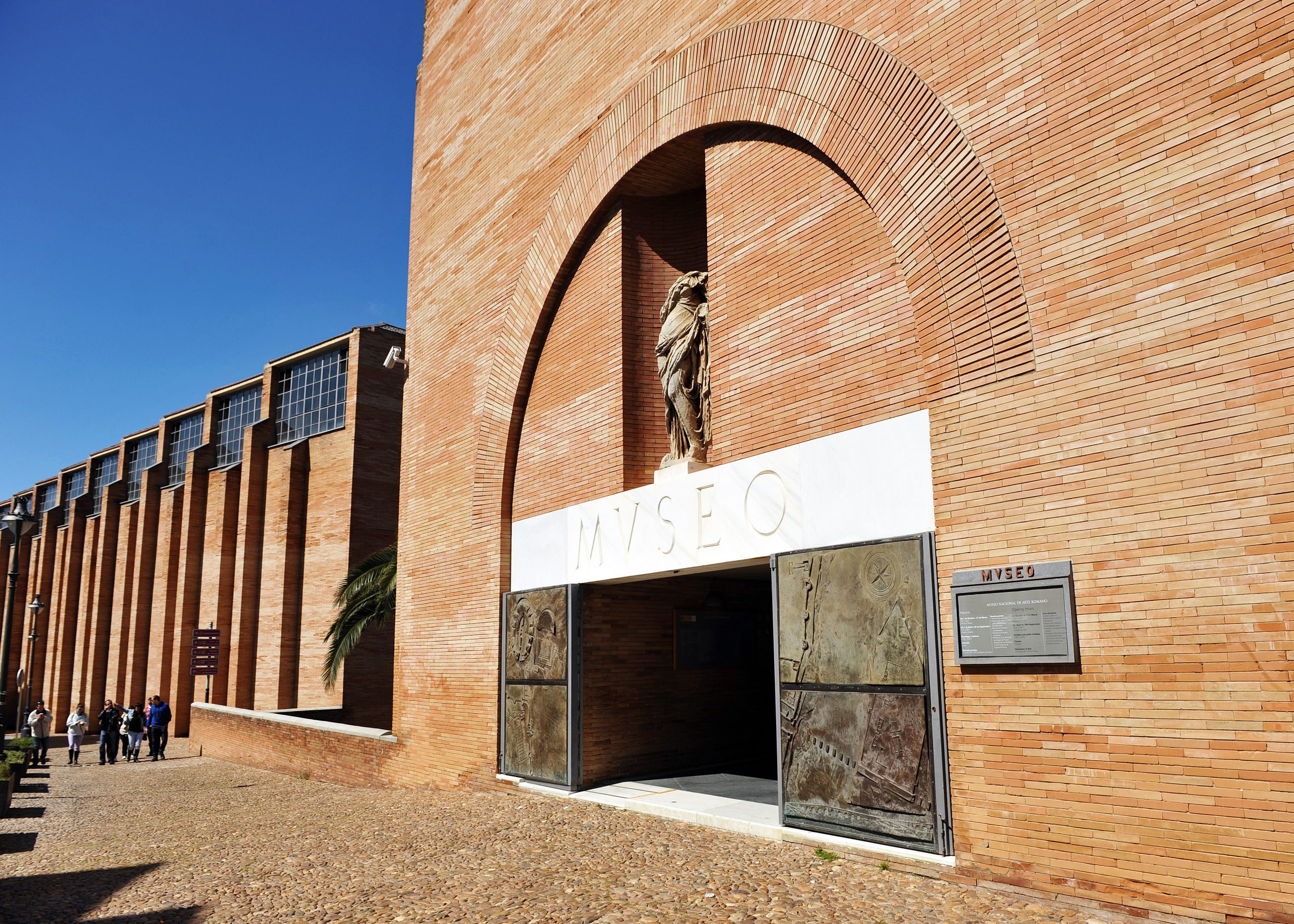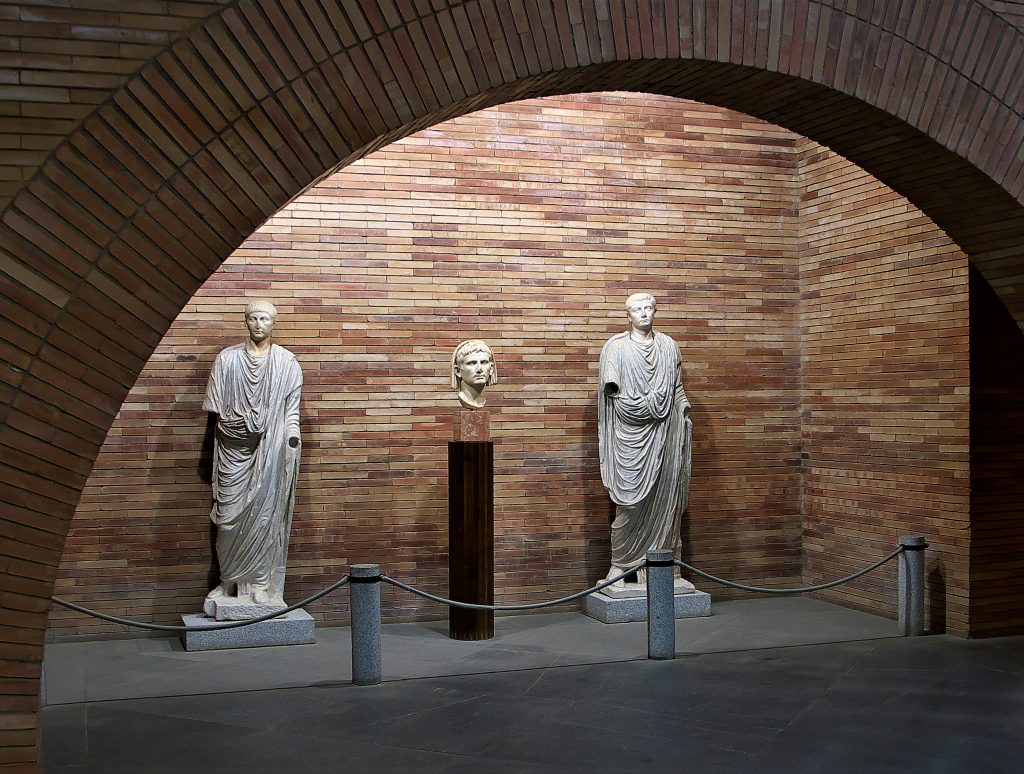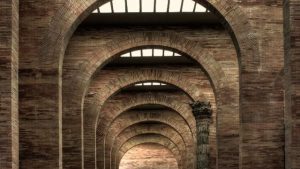MÉRIDA – Currently Mérida is a small provincial capital in Spain’s Extremadura region. But at one time, Mérida was one of the important cities of the Roman Empire. Due to its Roman legacies, it is now referred to as the ‘Rome of Spain’.
Mérida’s Roman legacy is, therefore, greater than that of any other Spanish city. Many of its treasures are still remarkably well preserved. They offer an insightful glimpse into history. There is so much to see in the city that Unesco added the archaeological ensemble in 1993 to the World Heritage List. In addition to the world-famous amphitheatre and Roman theatre, the Roman bridge, the aqueduct “of miracles” (de los Milagros), the temple of the goddess Diana and the arch of Trajan are also impressive. A place where much of the Roman history of this city converges is the National Museum of Roman Art.
Museo Nacional de Arte Romano in Mérida
Much of what was excavated in the city by archaeologists for decades is now proudly on display. They can be viewed at the Museo Nacional de Arte Romano (MNAR). The building itself is beautiful. It was erected in the eighties next to the amphitheatre and the Roman theatre. From the outside, it resembles a huge factory building with windows at the top and made of small bricks in various shades of beige and brown. The bricks also dominate the building inside.
The interior has many details based on Roman architecture but also has a very modern design. Everything was designed by Spanish contemporary architect Rafael Moneo (1937). With his design, he instantly put Mérida on the map of architecture on the eve of a trend in which his Spanish colleagues such as Santiago Calatrava would cause a furore.
The collection
The building itself is so impressive that the items on display seem to almost disappear. However, many of the 36,000 objects are too special for that. They were actually all excavated in the city itself over the centuries. The middle hub is very high and empty. You will be astonished by the countless arches and side vaults in which there is much to see. Columns, torsos, statues, pots, and mosaics are given plenty of space and are illuminated by beautiful, subtle daylight from the high-placed windows that allow them to come into their own.
In addition to being a museum, the MNAR is also a research centre with its secondary function as the ownership of Roman heritage. MNAR regularly organises temporary exhibitions. For lovers of antiquity, the library is open daily from 9 a.m. to 2 p.m. (see current Covid-19 restrictions regarding opening times.)
Read more about the history of Mérida in A short history of Spain, part 3




